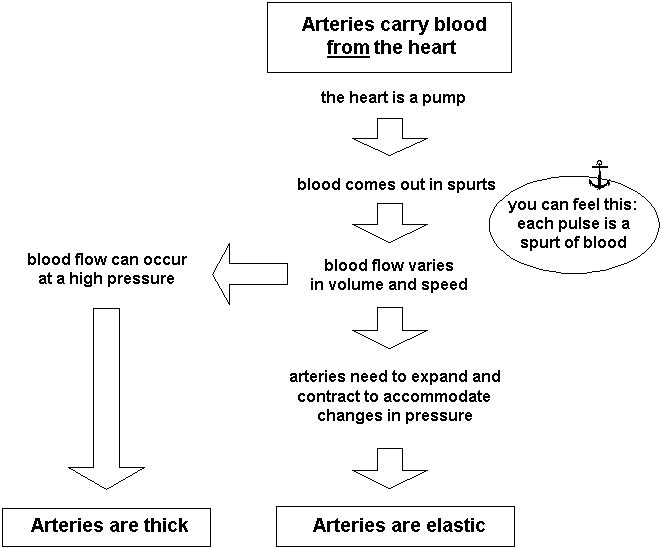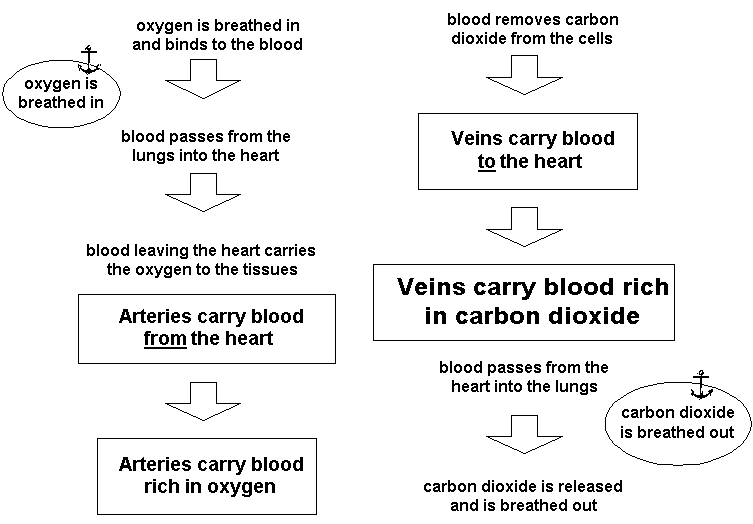- Elaborative interrogation involves turning facts to be learned into why-questions and then answering them.
- The strategy is of proven effectiveness when the information to be learned concerns familiar concepts.
- Elaborative interrogation is a useful strategy when:
- you need to understand the information as well as remember it
- you already possess sufficient related knowledge to use the strategy effectively
Elaborative interrogation is a strategy to help you remember meaningful information. The idea behind the strategy is that relevant prior knowledge is not always readily activated when you are trying to learn new information, and sometimes help is needed to make the right connections. The strategy requires you to go beyond the information given to you and to construct reasons for the relationships between bits of information.
Because elaborative techniques help your understanding by relating new information to codes already stored and familiar to you, elaborative interrogation is a strategy best suited to a situation where the information you wish to learn relates to a rich network of information in your database1.
An example:
Some facts:
arteries are thick and elastic and carry blood that is rich in oxygen from the heart.
veins are thinner, less elastic, and carry blood rich in carbon dioxide back to the heart.
Now if you know nothing else about veins and arteries and the circulation of blood, this is a set of facts with little meaning. You can learn this information
- by rote (through simple repetition), or
- by using a mnemonic aid (for example, you could make up a sentence such as “Art (ery) was thick around the middle so he wore trousers with an elastic waistband”), or
- by understanding the connections between the facts.
Guess which way will help you remember the information much better for longer?
Let's ask some why questions.
Why do arteries need to be more elastic than veins?
Why do arteries need to be thicker than veins?
Why do arteries carry blood away from the heart?
Why do arteries carry the blood that is rich in oxygen?
These four questions lead directly from the facts as they are given. But we can also reinterpret these questions in a way that integrates the facts at a deeper level.
When we ask: Why do arteries carry blood away from the heart? it may be that the right question really is: Why do the vessels carrying blood from the heart need to be thicker and more elastic?
When we ask: Why do arteries carry the blood that’s rich in oxygen, it may be that the right question actually is: Why do the vessels carrying oxygen-rich blood need to be thicker and more elastic?
Or it may be that the right question is: Why do the vessels carrying blood from the heart need to be rich in oxygen? That question takes us another step: Why should blood be rich in oxygen? Why is blood sometimes rich in oxygen and sometimes rich in carbon dioxide?
Why do arteries carry the blood that is rich in oxygen?
? = Why do the vessels carrying blood rich in oxygen need to be thicker and more elastic?
? or = Why do the vessels carrying blood from the heart need to be rich in oxygen?
Why should blood be rich in oxygen?
Why is blood sometimes rich in oxygen and sometimes rich in carbon dioxide?
Why are arteries thicker and more elastic than veins?

(You can see better images if you click the links at the bottom.)
Arteries are thick and elastic because they carry blood from the heart, which pumps blood out in spurts.
Veins are thin and less elastic because they carry blood to the heart in an even flow.
So all these facts — arteries are thick and elastic and carry blood from the heart; veins are thinner, less elastic, and carry blood back to the heart — are connected. So far so good.
But we still have a couple of loose facts. What has any of this got to do with the fact that arteries carry blood rich in oxygen and veins carry blood rich in carbon dioxide?

So the fact that arteries carry oxygen-rich blood is connected to the fact that arteries carry blood from the heart; and veins carry carbon dioxide-rich blood because they carry blood to the heart — and all of these are connected to the well-known fact that we breathe in oxygen and breathe out carbon dioxide. Just as our earlier cluster of facts — that arteries are thick and elastic and carry blood from the heart — was connected to the well-known fact that the heart is a pump.
Remember:
Facts that you already know very well and have no trouble remembering act as anchor points. The more anchor points you can connect to, the more meaningful the new information becomes, and the more easily you will remember it.
- Bransford, J.D., Stein, B.S., Shelton, T.S. & Owings, R.A. 1981. Cognition and adaptation: the importance of learning to learn. In J. Harvey (ed.). Cognition, social behavior and the environment. Hillsdale, NJ: Erlbaum.
- Pressley, M. & El-Dinary, P.B. 1992. Memory strategy instruction that promotes good information processing. In D. Herrmann, H. Weingartner, A. Searleman & C. McEvoy (eds.) Memory improvement: Implications for memory theory. New York: Springer-Verlag.
1. Willoughby, T., Desmarais, S., Wood, E., Sims, S. & Kalra, M. 1997. Mechanisms that facilitate the effectiveness of elaboration strategies. Journal of Educational Psychology, 89, 682-685.